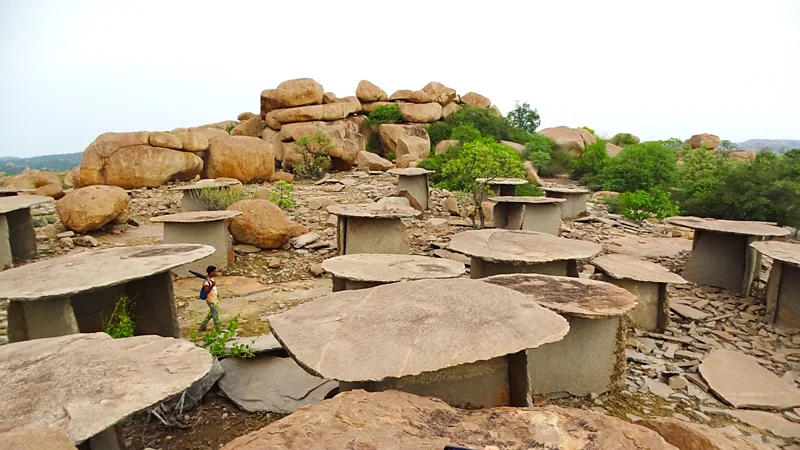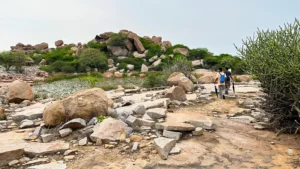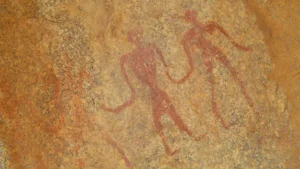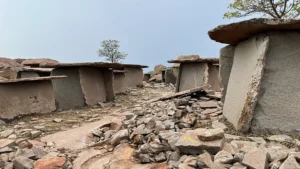Hidden Megalithic Chambers of India’s ‘Hill of the Dwarfs

Nestled deep within southern India’s lush landscape lies Hire Benkal, an archaeological site shrouded in mystery and folklore. Known locally as Moryar Gudda—or the “Hill of the Dwarfs”—this plateau holds nearly 1,000 prehistoric megalithic tombs built over 2,500 years ago. Despite its incredible scale and age, few beyond Karnataka have heard of this silent necropolis.

A surreal journey through stone chambers
From the quiet village of Hire Benkal, a 90-minute hike up rocky slopes leads travelers to a breathtaking sight: massive stone dolmen and ancient stone circles scattered across the granite ridge. Balanced boulders form natural sculptures, while some rocks shelter vivid red ochre paintings dating from 700–500 BCE, depicting cattle,
boars, and hunters whose stories have long faded from memory. The site feels like stepping into a forgotten epic.
History or legend? The myth of the moriyars
Historians believe these stone structures served as burial grounds or ceremonial spaces, arranged with purpose and precision. Yet local villagers speak of the moriyars—a mythical race of dwarf-like beings believed to have built these tombs with supernatural strength. Perfectly carved circular portholes on some dolmen seem, to many, too advanced for ancient human hands.
Architect and researcher Srikumar Menon has encountered similar legends across southern India, in places like Moribetta and Moral Parai. He suggests these tales might be echoes of cultural memory, possibly linked to an ancient, now-extinct human species similar to Homo floresiensis—known as the “hobbit” of Indonesia.
A neglected treasure overshadowed by Hampi
Despite being one of the largest megalithic sites in India, Hire Benkal remains relatively unknown. Just 42 km south lies Hampi, a UNESCO World Heritage site famous for its Vijayanagara Empire ruins, which attracts thousands of visitors each year. In contrast, Hire Benkal sees barely a few dozen explorers monthly, peaking at around 100 during the cooler months between October and February.
Local archaeologists, like Disha Ahluwalia, believe that colonial dismissiveness toward ancient Indian engineering contributed to the enduring myths and neglect of these sites. Meanwhile, modern threats—including vandalism, cattle grazing, and treasure hunting—have damaged parts of the necropolis.

Nature reclaiming history
Today, nature flourishes among the ancient stones. Peacocks display their vibrant feathers in mating season, rock agamas bask in the sun, and golden amaltas trees bloom between the dolmen. Walking through the site, travelers can sense the blend of history and wilderness, where stone chambers keep the secrets of a forgotten people.
Why Hire Benkal matters
Experts argue that protecting Hire Benkal is essential. Recognition as a UNESCO World Heritage site could help preserve its history and support local communities through sustainable tourism. Yet, as Meera Iyer of the Indian National Trust for Art and Cultural Heritage warns, tourism must be balanced with conservation to avoid further harm.
Though the builders’ exact intentions may remain a mystery, Hire Benkal stands as a powerful reminder of India’s prehistoric past—a vast, open-air monument hiding in plain sight, waiting for the world to rediscover it.





